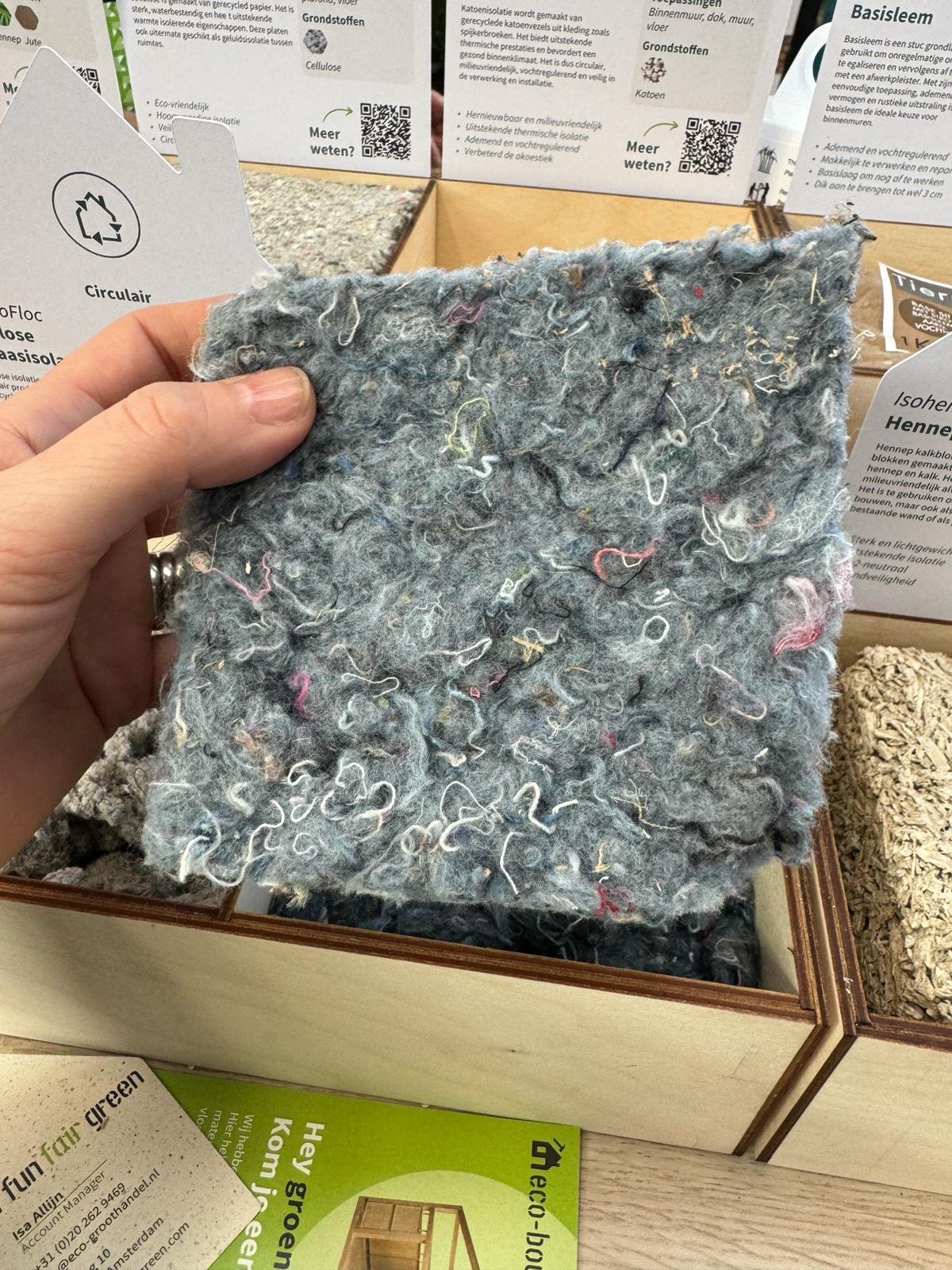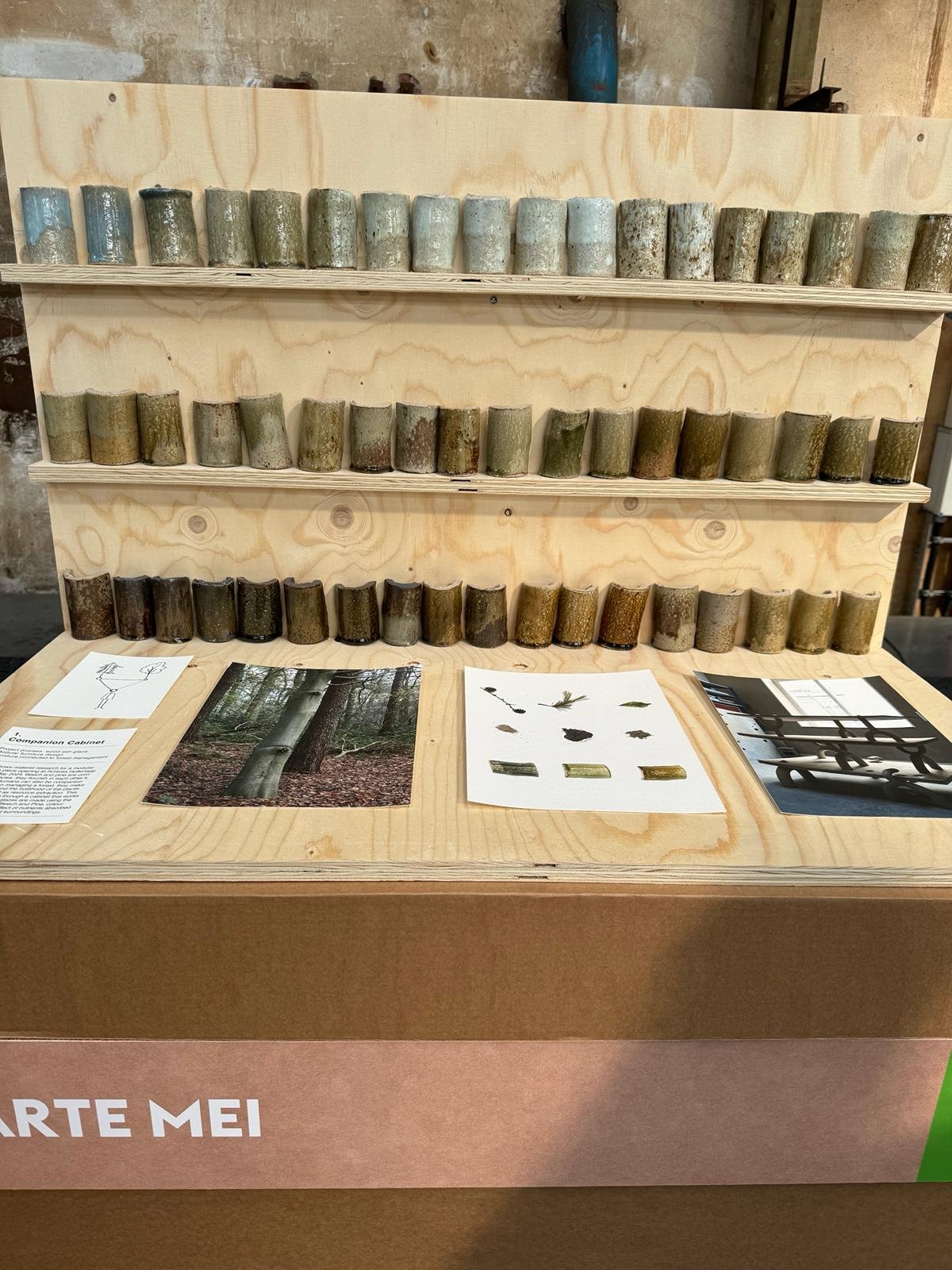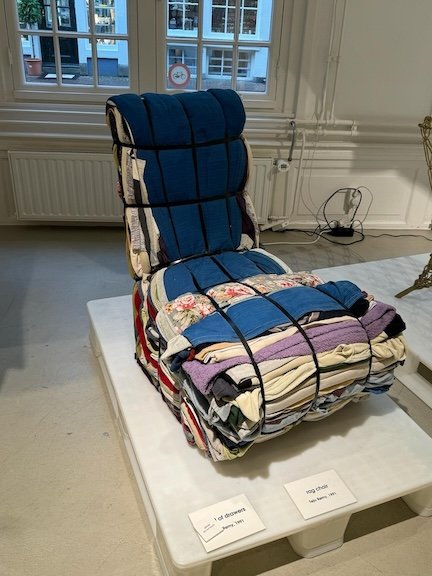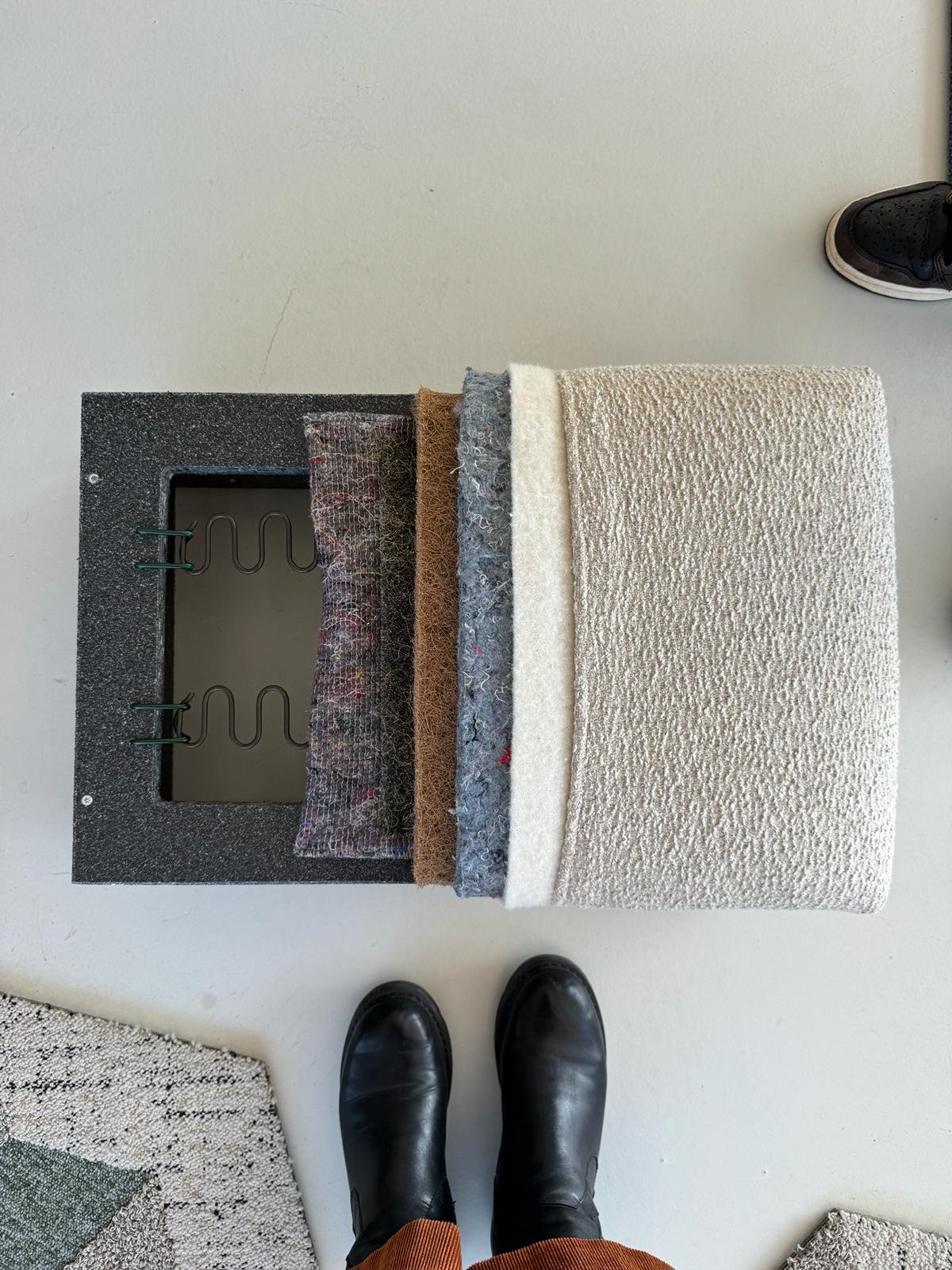Circular Design: What is it?



I recently attended MaterialDistrict Utrecht 2024 in the Netherlands, specifically to understand how companies are incorporating circularity into product design for residential and commercial interior design applications. I was immediately made aware that circularity is part of their everyday way of living, from recycled packaging for take away to furniture and textile design. This, by comparison to North America where the concept of circularity is largely unknown by the larger population, is astonishing. That’s why I’ve decided to start with the fundamentals for the purpose of this blog, so that we are all on the same page.
Circular design represents a paradigm shift away from the conventional linear economy of "take-make-waste" towards a sustainable model where materials such as plastics, metals, textiles, and wood are perpetually recycled and reused. In other words, circular products are made with the end in mind to ensure that they don't end up in landfills. This forward-thinking approach was developed in light of an urgent need for sustainable practices, aimed at combating resource depletion and reducing the environmental footprint of our consumption patterns. Pioneers, including Ellen MacArthur, have been at the forefront of educating, advocating, and driving awareness of circular design and the benefits of this approach.
Central to circular design is the philosophy of crafting products and systems ensuring that they can be dismantled and recycled or repurposed, thus dramatically minimizing waste and the need for virgin resources. It should also be noted that circular design ideally starts with recycled materials, incorporating recycled wood, plastics, and textiles into product design. This involves a conscientious approach to material selection, focusing on durability, recyclability, and the ability to repurpose items. The goal is to facilitate the recovery of materials at a product's end of life, integrating them back into the manufacturing cycle.
Adopting circular design involves reimagining the lifecycle of products. For plastics, this means creating designs that are easily recyclable, investing in bioplastics, and advancing chemical recycling. Metals, praised for their recyclability, are prioritized for their ability to be reused with minimal degradation. Textiles seek a transformation towards closed-loop systems, allowing fabrics to be recycled into new products, while wood is championed for its reusability and potential for repurposing. It also means rethinking how everyday products, including furniture, containers, and even upholstery, are made.
Circular design is not merely a trend but the blueprint for the future, emphasizing that we have the resources and creativity required; we simply need to think outside the traditional confines and reconsider the lifecycle of our products. Setting up proper systems by which companies and consumers can both easily recycle all waste, including rugs, textiles, and construction waste, should be at the forefront of municipal policies. For product developers, collaborating with these companies to produce an end product fit for manufacturing should be a goal.
The Ellen MacArthur Foundation underscores that waste can and should be designed out of our systems. As we move forward, embracing circular design principles becomes imperative, signaling a wave of sustainable innovation. This model not only addresses current environmental challenges but also opens up new avenues for creativity and economic opportunity, making it clear that the future of design and manufacturing lies in our ability to think circularly.
While at first glance, circular design may appear overwhelming and unattainable, I’m here to tell you from firsthand experience in the Netherlands, it is not. Rather, circularity is an exciting direction for design and the economy. It’s not about withholding and abstaining; instead, it's about rethinking and creativity. An exciting future, indeed.



